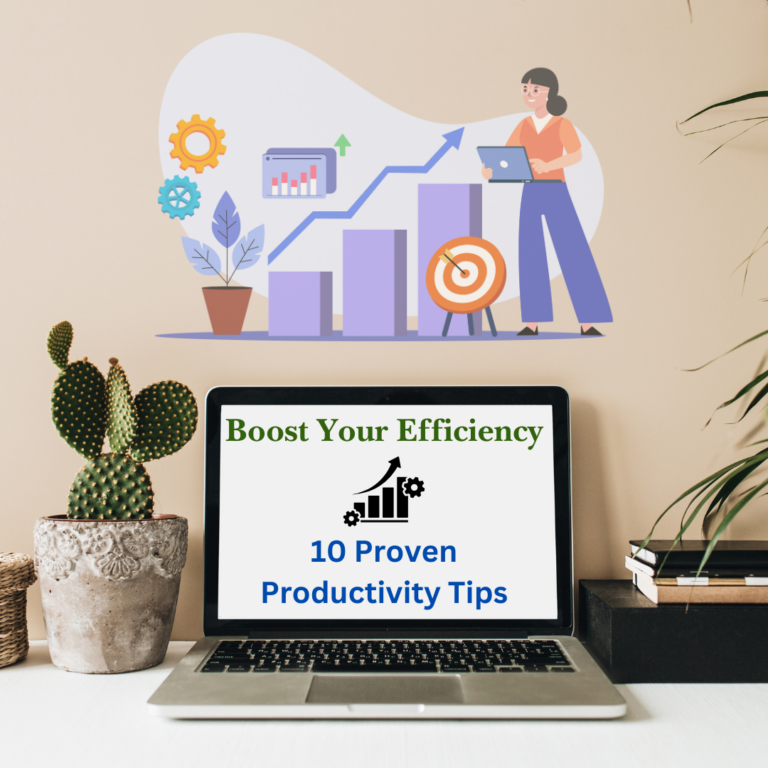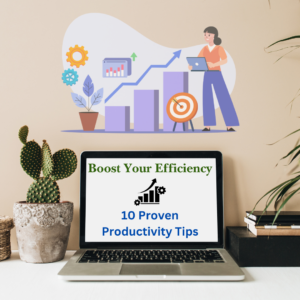Keto, Vegan, and Paleo Diets: A Quick Overview
There are numerous diet plans and philosophies related to healthy eating, each with its own set of health benefits and nutritional approaches. People have been attempting to discover the perfect diet for themselves throughout history. It depends on their specific goals and the availability of food. It’s important to select the one that best aligns with your goals. Dive into the plans to learn more about the keto, vegan and paleo diets.
Keto Diet: Achieving Rapid Weight Loss Through Ketosis
To kick off our discussion on Keto, Vegan, and Paleo Diets, we’ll first explore the rapid weight loss strategies associated with these diets. The ketogenic diet or keto diet is a dietary approach that involves drastically reducing the intake of carbohydrates and increasing the consumption of fats. This change in eating habits aims to induce a metabolic state called ketosis, where the body utilizes fat as its primary source of energy. This diet plan is specifically designed to help individuals achieve rapid weight loss.
What to Eat on the Keto Diet
This meal plan is designed to assist with quick weight loss. Chicken, beef, pork, lamb, and other meats are all suitable sources of protein for the keto diet. Salmon, tuna, carp, tilapia, cod, shrimp, and catfish are also excellent selections for seafood. In a keto diet, fat serves as the primary energy source, so you can utilize coconut oil, olive oil, raw coconut cream, and plain butter for fat intake. It’s essential to obtain necessary nutrients by incorporating cheese, eggs, nuts, and seeds into your diet. Additionally, it’s important to consume a variety of vegetables and some low-carb fruits. However, it’s crucial to control your food consumption according to your individual health requirements.
What to Avoid on the Keto Diet
The keto diet involves minimizing carbohydrate intake, so it’s important to steer clear of grains and starches. This means avoiding foods like bread, pasta, rice, pastries, corn, and oats. Additionally, it’s best to avoid potatoes, starchy vegetables such as yams and peas, sugary foods, colas, beers, high-sugar fruit juices, ketchup, barbecue sauce, legumes, and fruits high in sugar while following a keto diet. Despite being high in protein, legumes are also high in carbs, so they are not recommended for those on a keto diet.
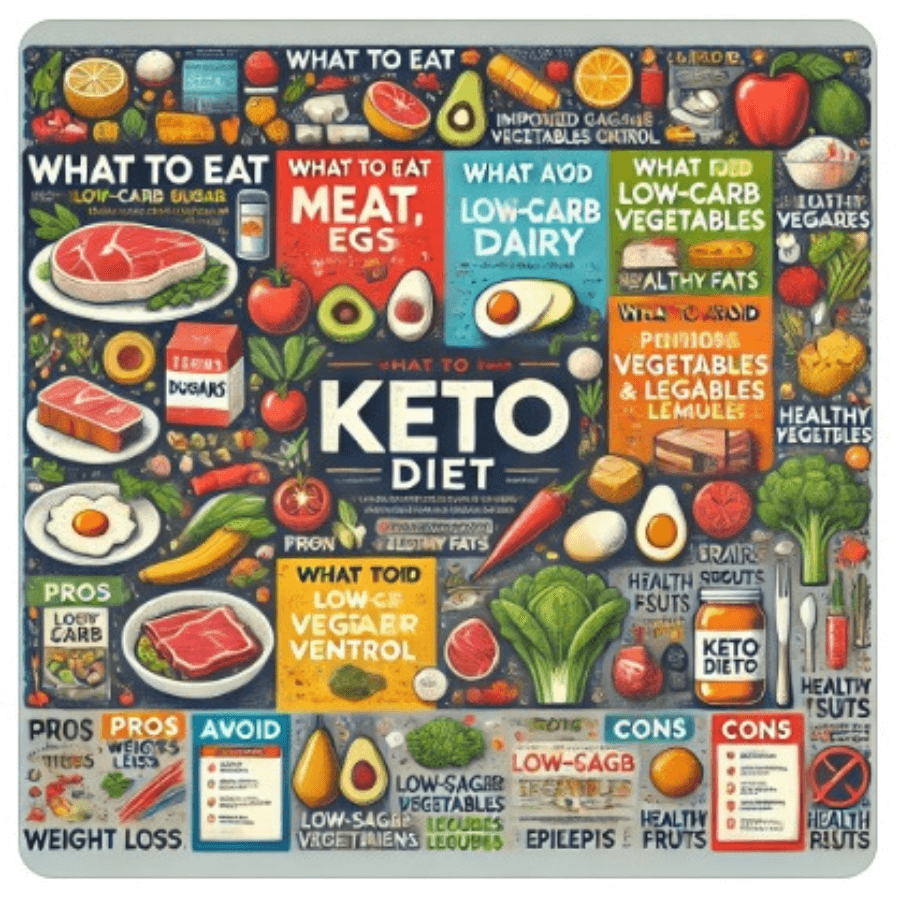
Pros of the Keto Diet
On a keto diet, you have the potential to achieve weight loss and experience a range of health benefits. It offers improved blood sugar control, a reduced risk of heart complications, and may even lower the risk of certain cancers. As suggested by the Epilepsy Foundation, the ketogenic diet holds promise in reducing seizures for individuals with epilepsy.
Cons of the Keto Diet
Continuing a Keto diet for an extended period may result in various health complications. Restricting carbohydrate intake to minimal levels can lead to nutrient deficiencies and digestive discomfort, such as stomach upset, bloating, and cramping. Additionally, less common side effects may include kidney problems, fatigue, headaches, dizziness, dehydration, hypoglycemia, and liver issues.
Vegan Diet: Ethical Eating and Health Benefits of a Plant-Based Lifestyle
The vegan diet has become increasingly popular for its ethical, environmental, and health benefits. The vegan diet is a plant-based eating approach that excludes all forms of animal products, including meat, dairy, eggs, honey, and any ingredients derived from animals. It is not just a diet but a lifestyle as vegans avoid all animal exploitation in their diet and often in other aspects of life.
What to Eat on a Vegan Diet
The vegan diet is all about eating plant-based foods like vegetables, grains, legumes, nuts, and fruits. There are lots of options for protein, such as quinoa, lentils, tofu, seitan, nuts, seeds, legumes, and chia seeds. You can get healthy fats from creamy avocados, rich olive oil, versatile coconut oil, and delicious nut butters. Instead of dairy products, you can use almond milk, soy milk, oat milk, coconut yogurt, and vegan cheeses. Carbohydrates like brown rice, quinoa, oats, barley, and whole wheat can give you energy throughout the day. And needless to mention that vegetables and fruits will get you all the essential nutrients you need.
What to Avoid on the Vegan Diet
Going vegan is pretty simple – just steer clear of anything that comes from animals. That means saying no to beef, pork, lamb, chicken, fish, milk, cheese, butter, yogurt, and all other dairy products, as well as eggs, mayonnaise, and honey. Also, keep an eye out for ingredients that are made from animals.
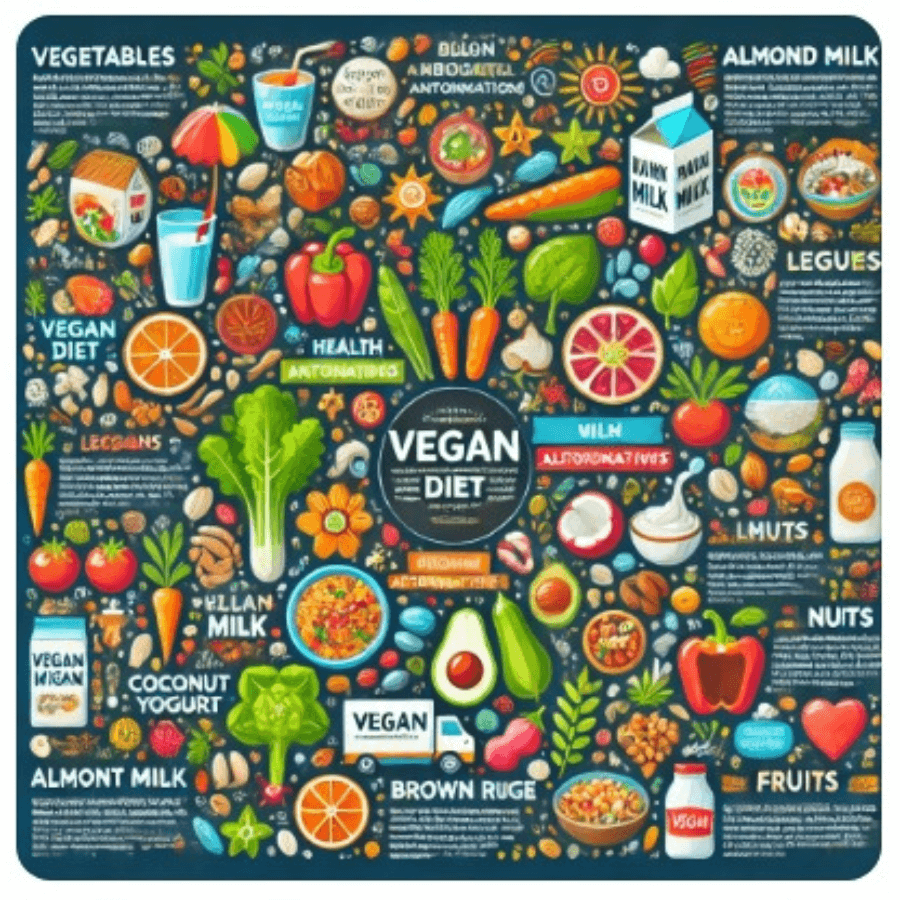
Pros of the Vegan Diet
Vegan diets consist primarily of fruits and vegetables, which can help lower cholesterol and blood pressure and reduce the risk of heart disease. Many people adopt a vegan diet to lose weight and reduce the risk of developing conditions such as type 2 diabetes, hypertension, and certain cancers. If you are concerned about your carbon footprint, water usage, and wish to rely on natural resources, going vegan is a great option for you.
Cons of the Vegan Diet
When you decide to go vegan, it’s important to consider the potential for nutrient deficiencies that can occur from cutting out animal products. Vegans often find themselves lacking in Vitamin B12, iron, calcium, omega-3 fatty acids, and animal proteins. Planning your meals thoughtfully to include these important vitamins and minerals is key. Also, finding great vegan dining options while traveling or eating out can be a bit of a scavenger hunt, but it can also be an exciting adventure!
Paleo Diet: Returning to Ancestral Eating for Better Health
The Paleo Diet, often referred to as the “caveman diet”, focuses on eating foods that are thought to have been consumed by early humans especially in the Paleolithic era, excluding modern, processed foods and anything that became common after the development of farming, such as grains and dairy. The concept is that our bodies are better suited to these ancient foods, which is thought to promote better health.
What to Eat on the Paleo Diet
On the Paleo diet, you can enjoy a variety of nutrient foods like grass-fed beef, pork, lamb, and poultry, as well as wild-caught fish like salmon, tuna, trout, shellfish and seafood. Don’t forget about eggs from pasture-raised chickens and a bunch of veggies like leafy greens, broccoli, cauliflower, and carrots. For fruit, aim for low-sugar options like apples, berries, and oranges. Nuts and seeds like almonds, walnuts, flaxseeds, chia seeds, and sunflower seeds are good too. And you’ve got healthy fats from stuff like avocado, olive oil, and coconut oil. Spice things up with herbs and spices for some tasty meals.
What to Avoid on the Paleo Diet
The Paleo diet excludes a bunch of items you’d normally find in modern diets. No grains like wheat, barley, rice, oats, or any grain-based products. Also, there are no legumes, including beans, lentils, peanuts, soy, and peas. Dairy products like milk, cheese, yogurt, and butter are also a no-go. As refined sugar is cut off, forget about soft drinks, candy, pastries and anything with added sugars. Processed foods, especially the packaged ones with artificial ingredients, additives, or preservatives, are off-limits. And also stay away from vegetable oils like canola oil, soybean oil and corn oil – healthier fats are in.
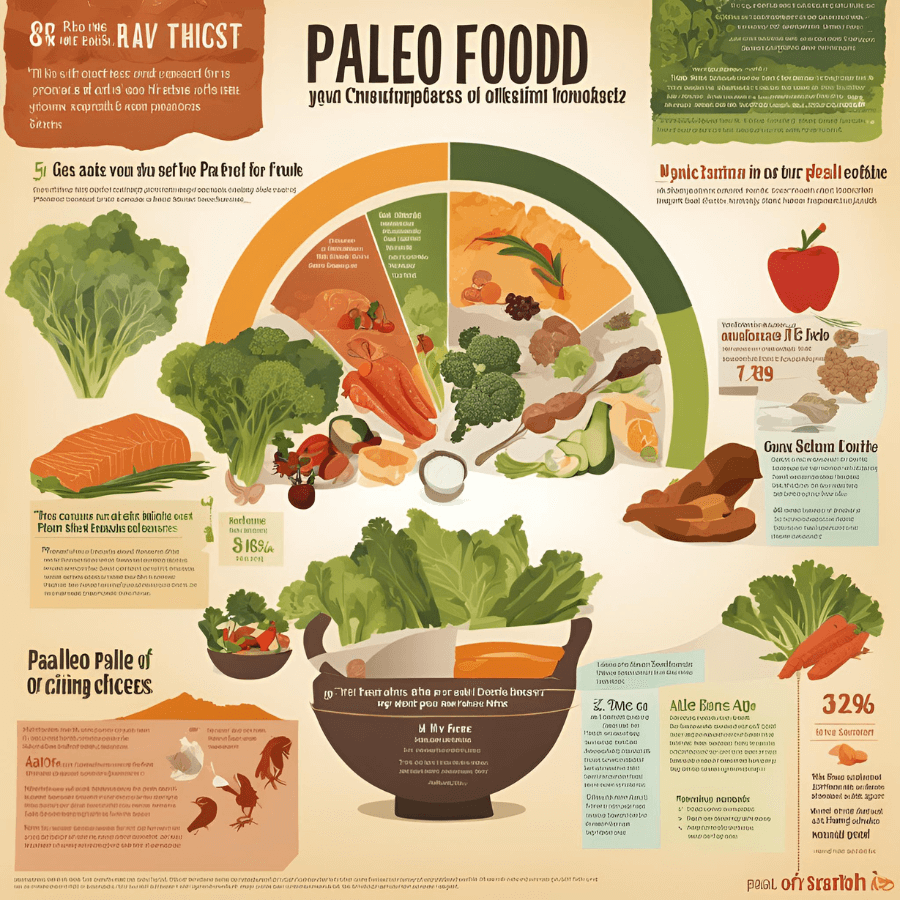
Pros of the Paleo Diet
The Paleo diet is naturally lower in calories and higher in protein, which makes it effective for weight loss. Eliminating refined sugars and grains helps stabilize blood sugar levels, reducing the risk of insulin resistance and type 2 diabetes. It may improve your digestive system as you eliminate processed foods, grains, and legumes. As it is a diet high in fruits, vegetables, and healthy fats from sources like fish and nuts, it can reduce inflammation as well.
Cons of the Paleo Diet
Avoiding grains, legumes, and dairy in the Paleo diet can be tough over the long haul, especially if you’re used to a wide range of foods. Skipping out on dairy and legumes can mean you miss out on key nutrients like calcium and fiber if you’re not careful. Plus, focusing on grass-fed meat, wild-caught seafood, and organic produce can really add up in terms of cost. It can also be a real challenge to eat out or go to social events since so many foods these days contain grains, legumes, or dairy.
Deciding Between Keto, Vegan, and Paleo Diets: What’s Right for You?
Deciding on the right diet is a personal journey that depends on your individual goals, preferences, and lifestyle. As we have discussed the Keto, Vegan, and Paleo diets, now we know that each has its own benefits and challenges. From quick weight loss and better blood sugar control with the Keto diet to the ethical and environmental benefits of the Vegan diet, or the focus on whole, unprocessed foods in the Paleo diet, there’s something for everyone. Whether you’re aiming for rapid weight loss or a healthier lifestyle, Keto, Vegan, and Paleo diets have become go-to choices for many seeking sustainable eating habits. It’s important to think about your goals and nutritional needs before choosing a specific diet to make sure it aligns with your health objectives and can be maintained in the long run.
Want to learn about the health benefits of Intermittent Fasting? Dive into our article on Intermittent Fasting: What Science Says About Its Health Benefits.


